What is a Pain Management Doctor?
What is a Pain Management Doctor?
Published: April 17, 2020
If you live with chronic pain or suffer from an incident where you find yourself in pain, chances are, you’ll be referred to a pain management doctor.
A pain management specialist is a medical doctor (M.D.) or a doctor of osteopathy (D.O.) who specializes in pain medicine. These doctors focus on the evaluation, diagnosis, and treatment of different types of pain, including the prevention of pain.
Pain management doctors often consult with other physicians and health care providers to coordinate individualized patient care. Pain doctors specialize in two different types of pain management:
- Eudynia: Pain as a symptom of a disease, such as injury, postoperative pain, and cancer pain.
- Malydnia: Primary pain disorders like frequent headaches and neuropathic pain.
Areas of Practice
The field of pain management utilizes a variety of techniques. Because of this, pain management doctors have received extensive training and have received certifications in other types of medication.
- Anesthesiology: Anesthesiologists administer medications that reduce or minimize sensitivity to pain. Most commonly, anesthetics are used for patients who are undergoing surgeries. Many pain doctors are certified in anesthesiology in order to diagnose and treat acute and chronic pain conditions.
- Physical medicine & rehabilitation: Pain management doctors use a myriad of nonsurgical techniques to treat painful conditions of the musculoskeletal and nervous system. The goal for this type of medicine is to restore patients’ quality of life and increase their range of motion.
- Neurology: Neurologists focus on conditions that relate to the brain and spinal cord. It is common for spinal cord-related injuries and nerve damage to be the root cause of chronic pain.
How Does a Pain Management Doctor Treat Their Patients?
Pain doctors use a wide range of techniques and utilize many high-tech options to treat pain. Typically, the treatment style can be categorized into these areas:
Nonsurgical without Medication:
These treatments are usually the first step of any pain management program. Treatments include things like physical therapy, biofeedback, joint manipulation, TENS therapy, massage therapy, mindfulness, meditation, and heating/cooling.
Pain management with Medication
With the rise of the opioid epidemic, pain doctors are finding other types of medication to administer that help reduce pain and help their patients live more comfortably with their pain. Some of these medications include over-the-counter pain relievers, antidepressants, muscle relaxants, and topical ointments. From blocking pain signals to healing nerve damage, taking medications can help patients return to a higher quality of life. These medications are not intended for long term use and should be used under the supervision of a physician.
However, for those who have not found pain relief or success from other therapy options, opioid medications may be a viable option. These medications are associated with increased risk and require closer monitoring from a physician. In carefully selected patients and under a highly judicious physician, addiction from this prescribed medication is extremely low.
Interventional Pain Management
Interventional pain management (IPM) refers to the use of injectables (nerve blocks) to treat pain. Nerve blocks intentionally block the pain signal from reaching the brain. By ceasing communication from the affected are to the brain, patients are able to find relief from pain. IPM treatments include joint injections, radiofrequency ablation, electrostimulation implants, and epidural steroid injections.
Spinal cord stimulation is another effective type of treatment for those suffering chronic pain. A small implantable device delivers electrical pulses to the spinal cord, masking pain signals before they reach the brain.
For pain caused by spinal compression, kyphoplasty is another pain management treatment that is proven to be successful. Kyphoplasty is a type of vertebral augmentation. During this minimally-invasive procedure, a physician uses an X-ray to strategically stabilize bone and restore vertebral height and integrity due to compression fractures.
Frequently, these types of treatments can be done in-office. Interventional pain management techniques are good solutions for patients seeking long-term relief from pain.

